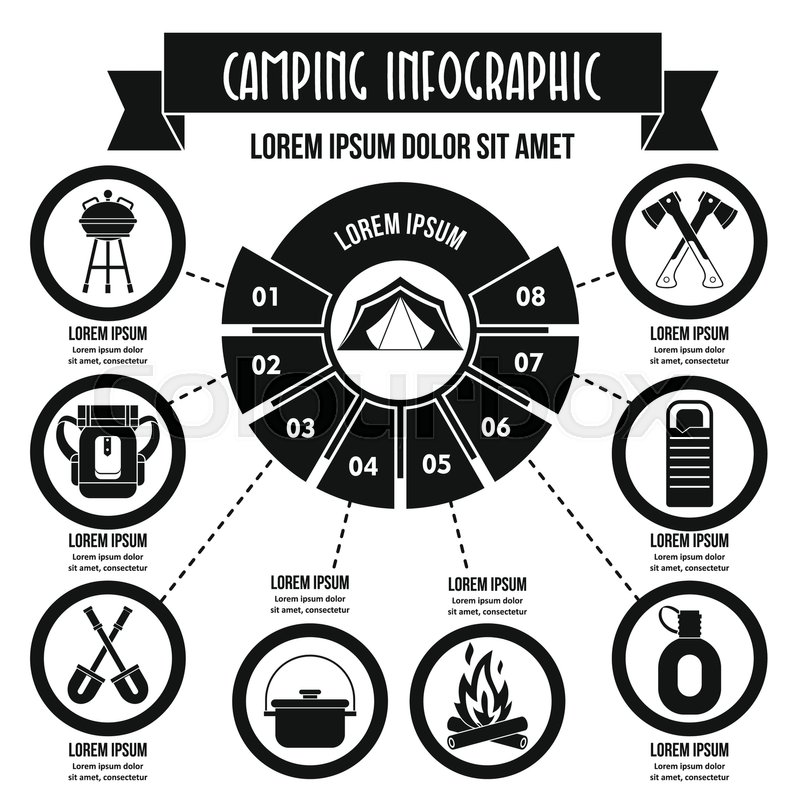The Hold Drawback is a basic and safe and secure means to establish tent guy lines. It's also a fantastic method for backing out a stubborn camping tent secure. It can likewise be utilized to produce an adjustable tarp man line where the modification is made at the tent/tarp end. It works in high winds as it doesn't slide.
1. Bowline
Bowline is a knot that makes a loophole at one end of a rope. It's easy to connect and unknot, and it resists jamming fairly well.
It's also an excellent knot to make use of for joining two lines with each other, although it's usually suggested that you utilize a various technique (such as a sheet bend or square knot) for this function, to stay clear of having the two separate bowlines use versus each other over time and compromise the line.
One possible trouble with bowlines is that they can easily jam or bind if the working end is inaccurately passed through the rabbit hole. A number of vital failings have actually been reported as a result of this, particularly when utilized in climbing up applications. To help prevent this from occurring, you can make a left-handed bowline by passing completion around the standing part of the loophole instead of with it, as displayed in the computer animation listed below. This variant reportedly carries out far better and holds up against ring stress (a distending pressure applied either side of the knot) better than the conventional bowline.
2. Hold Drawback
Making use of these clutching drawbacks to secure your guy lines assists you prevent the issue of your line jamming while changing or tightening them. They are additionally beneficial when connecting a line to an object that is tougher to get to than your standing end, such as a tree or large support item.
The Hold Hitch is a rubbing knot that can be quickly moved up or down the line while slack but holds firm under lots. It works for tensioning ridgelines or guy lines and for camping applications to safeguard tarpaulins or camping tents.
To tie the Grasp Hitch, pass the functioning hiking boots end around the standing component twice and put it under itself. To tighten, pull on the working end to develop a bight and after that use the bight to safeguard the knot to itself. For added protection, you can cover the working end around the standing component three times to enhance rubbing and protect against the hitch from slipping under tons.
3. Midshipman's Drawback
Also called the Taut Line Drawback (ABOK # 1856, p 310), Adjustable Hitch, or Rigger's Drawback this knot creates a flexible loophole at the end of a rope that can be slid backwards and forwards the standing end yet still holds securely when tightened. It is also simple to untie while under load.
Ashley suggests this knot for a tent person line due to the fact that unlike the bowline it can be linked while under load and is much less prone to turning. It likewise forms an intermediate Awning Drawback that can take the first lots while tying the final Half Drawback
To use this knot wrap the working end around an object such as a pole or cleat. Next pass it back toward the things through the initial Half Drawback producing a second Awning Hitch. Ultimately coating connecting the final Half Hitch and pull hard to gown and tighten. For additional security wrap a 2nd Midshipman's Hitch on top of the initial.
4. Adjustable Grasp Hitch.
The Flexible Grip Hitch, additionally called the Crawley Adjustable Drawback and the Adjustable Loop Knot, is a rubbing hitch that can be easily moved up or down a line with slack but holds firm under tons. It is generally utilized for adjusting camping tent ridge lines or tarpaulins around camp.
This slide-and-grip knot provides great grasp and is simpler to connect than the Tautline Hitch or Midshipman's Drawback, but shouldn't be used for critical applications given that it might slide when shock loaded. It can be improved by adding added starting turns to increase the "hold" and friction in slippery products.
To link this friction drawback, pass the working end around the things, then wrap it back alongside itself and tuck the end under the second turn. Pull the functioning end to tighten up the knot.
